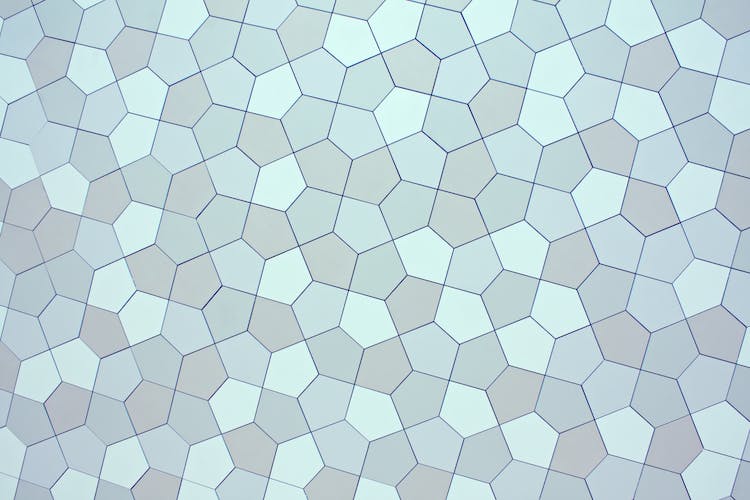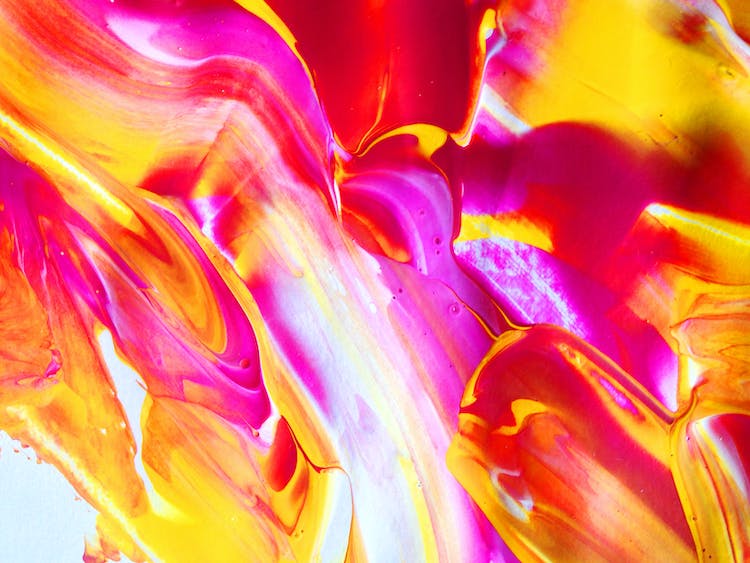Laser cutting is an advanced manufacturing technology that offers numerous benefits, including improved precision, accuracy, speed and cost savings. In recent years, the technology has undergone a significant evolution, with significant advances in laser cutting quality. This article will examine the most recent developments in laser cutting and discuss their implications for improved manufacturing and fabrication.
How Laser Cut Quality is Measured
Commonly Used Standards
When it comes to laser cutting quality, there are a variety of standards and guidelines that are commonly used to measure it. Generally, the standards used to measure the quality of Laser Cutting depend on the material, thickness and shape of the product and the laser power or wattage. Many materials such as metals, plastics, and acrylics have standard tolerances for their laser cutting quality measurements.
Moreover, fiber lasers have now hit the market as a result of the technological development and lowered cost/kW-power of fiber laser technology.
New Developments in Quality Measurement
Today, the latest advances in laser cutting quality have effectively changed the way we measure quality in automated loading and unloading material storage. Laser cutting is becoming a popular manufacturing process because nearly each material can be cut by means of a laser. This process is rapidly developing, especially with the invention of fiber lasers.
For example, the power requirements for fiber lasers have been lessened, making the cost per kilowatt-hour of power significantly lower. In addition to the cost savings, the technological development of laser cutting has also introduced higher levels of power.

Recent Advances in Laser Cutting Quality
Overview of Advances in Technology
Over the last decade, there have been significant advances in the technology of laser cutting. This cutting process relies on the movement of a laser beam along a programmed path to cut material to size, shape and/or thickness. Laser cutting has been highly praised for its precision and its ability to cut through nearly any type of material.
The introduction of fiber lasers, which produce higher power with lowered cost/kW-power of fiber, has drastically increased the capabilities and performance of laser cutting.
Impact of Advances on the Quality of Cuts
As the laser cutting technology continues to advance, the quality of the cuts produced from laser cutters is improving rapidly due to advances in fiber lasers and the lowering cost/kW-power of fiber. For example, fiber lasers now run with up to 10 times higher power than before, which leads to a much better performance and more throughput, resulting in a higher quality of cuts. With this technology, nearly each material can be cut by means of a laser, even those initially thought to be untouchable by such a process.

How to Maximize Laser Cutting Quality
Pre-Cutting Procedures
Pre-Cutting Procedures are the steps taken before the actual laser cutting process to ensure the material is ready for cutting. With an automated loading and unloading material storage, nearly each material can be cut by means of a laser cutter. The technological development of laser cutting has led to the introduction of fiber lasers, also known as direct diode lasers, capable of cutting many different materials.
These lasers have significantly lowered the cost/kW-power of fiber lasers making them a more attractive choice for many industries.
Use of Proper Settings and Procedures
When it comes to laser cutting, proper settings and procedures are essential for achieving optimal quality results. In order to maximize laser cutting quality, the well-trained user needs to be familiar with the correct settings and procedures to use with the laser cutter. This can include understanding how to properly feed the material into the cutting chamber and the correct machine settings needed to process nearly any material type.
The technological development of fiber lasers has opened the door to nearly each material that can be cut with a laser.

Conclusion
Summary of Technological Advances
The technological advances of laser cutting in the past several years have been revolutionary and highly beneficial for businesses in many different industries. With the advent of fiber laser cutting, businesses are able to cut nearly any material with significantly improved quality, speed, and cost efficiency compared to traditional methods. Fiber lasers allow for higher power output at a lower cost/kW-power than traditional laser cutters, which in turn significantly increases the performance and throughput of laser cutting applications.
Benefits of Improved Quality Levels
The Benefits of Improved Quality Levels in Automated Loading and Unloading Material Storage when using Laser Cutters Today, laser cutters provide the highest levels of precision and cut quality compared to other traditional machining or cutting processes. With the latest advances in laser cutting technology, nearly every material can now be precisely, quickly, and cost-effectively cut with a laser cutter, from metal to plastics to machining foam. Fiber lasers are the latest in laser cutting technology and are increasingly replacing CO2 lasers for many parts.

